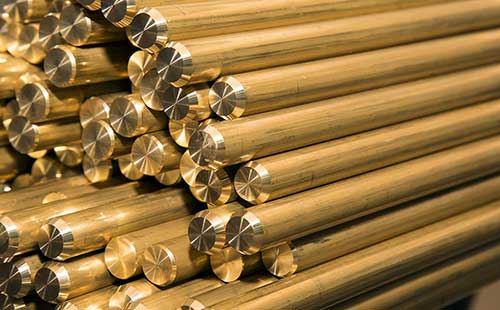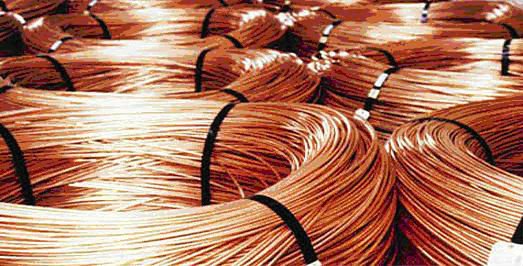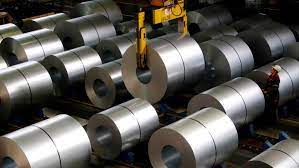I want the best model that will gives me best prediction accuracy and detect the brass metal and shorted them out. Due to the continuously incoming datasets finding the best model that will gives me best performance with different hyperparameter tuning over a time is the critical task.
Selecting the ideal sorting materials model for achieving optimal prediction accuracy and successfully detecting brass metal is of paramount importance. The efficient and accurate separation of brass from other materials can have significant implications in various industries, such as recycling and manufacturing. With a continuous influx of datasets, the quest for the best model is an ongoing and critical task. It's crucial to ensure that your sorting system remains adaptable and can handle variations in the data. This adaptability includes not only the choice of the machine learning algorithm but also fine-tuning the hyperparameters to meet the evolving demands of your dataset.



Begin by collecting comprehensive and representative data. It's essential to preprocess the data to clean and normalize it, ensuring that it's ready for the model.
Identify the relevant features and engineer them effectively. In the case of sorting materials, features that characterize the metallic properties of objects are of particular interest.
Evaluate various machine learning models, such as decision trees, random forests, support vector machines, or deep learning neural networks, for their effectiveness in classifying materials. The choice of model should be guided by your dataset's characteristics.
Implement cross-validation techniques to assess how well the model generalizes to new data. Cross-validation helps in selecting a model that's robust and minimizes overfitting.
I already done coding part YOLOv8 model using my previous pre-processed data for model training. So I will train my model with respect to upcoming slot of dataset with applying different different hyperparameter tunning.
Hyperparameter tuning is an ongoing process. You can use techniques like grid search or random search to explore different hyperparameters and their combinations. Regularly re-tune these hyperparameters as new data arrives.
Consider employing ensemble methods, such as bagging or boosting, to improve the model's accuracy and robustness. Ensemble methods combine multiple models to achieve better predictive performance.
Define and continuously update your evaluation metrics. For sorting materials, accuracy, precision, recall, and F1-score are vital, as they relate to the detection of brass and other materials.
Keep the model updated and retrained with fresh data. The dynamic nature of incoming data requires a model that can adapt and evolve with time.
Implement anomaly detection techniques alongside classification to identify and flag unusual or unknown materials, which can be particularly valuable for quality control.
Establish a feedback loop for model improvement. Gather insights from the sorting process and use them to refine the model continuously.
Remember that the choice of the "best" model can evolve over time as new algorithms and techniques are developed. Regularly reevaluate your approach to ensure it aligns with the latest advancements in the field of machine learning.